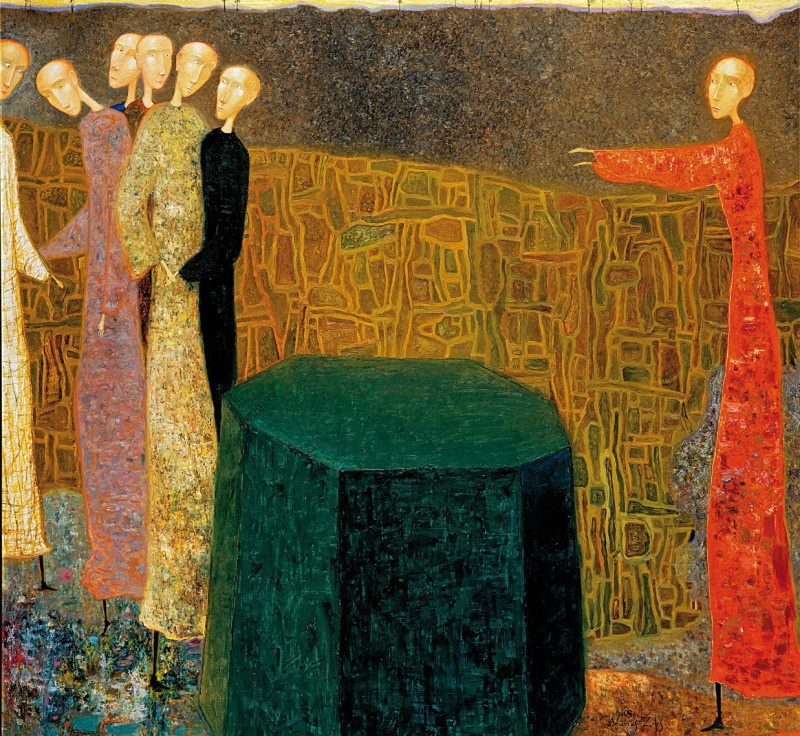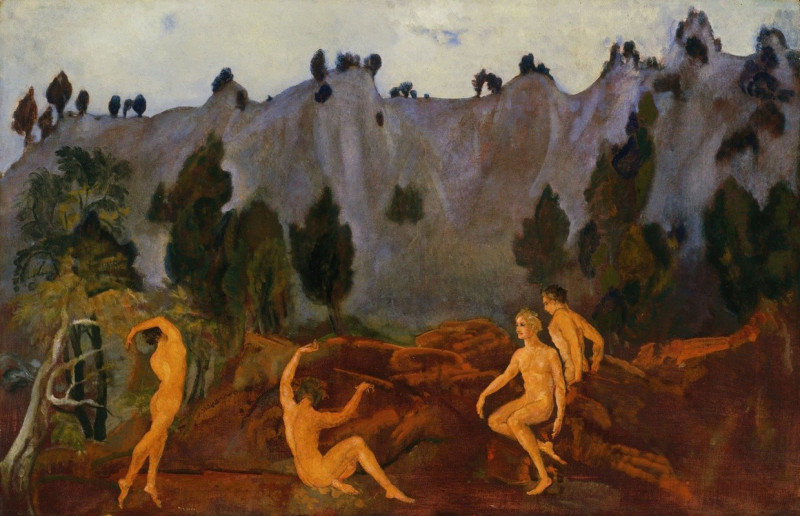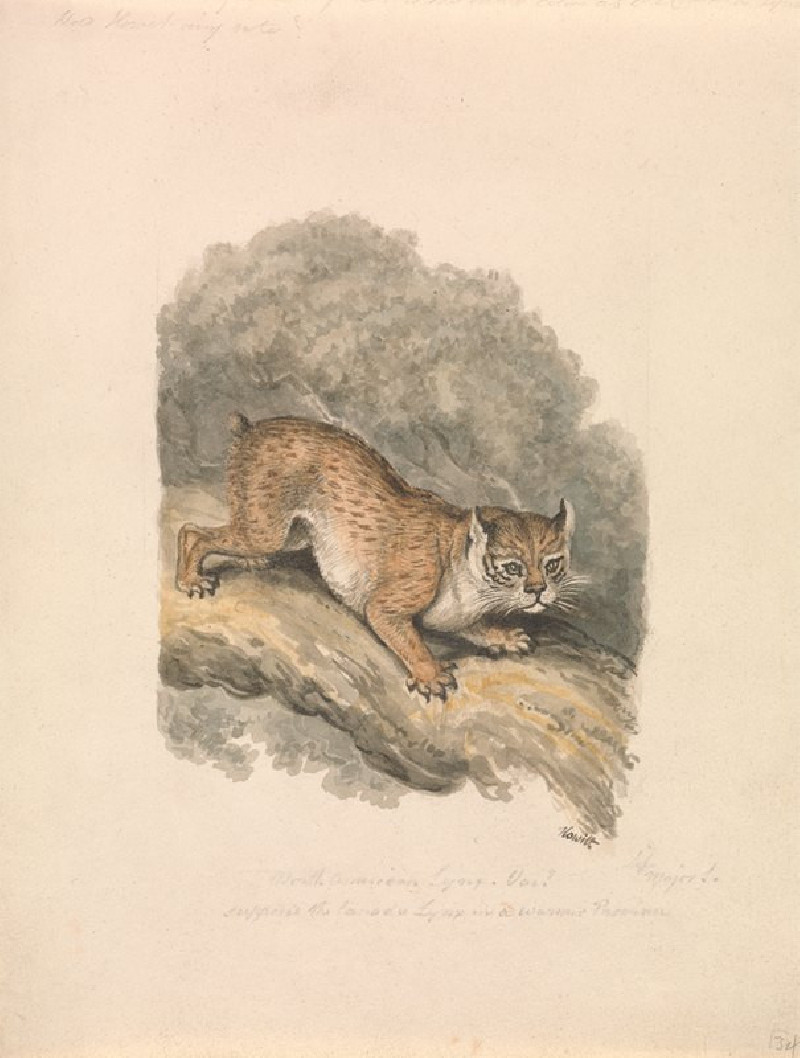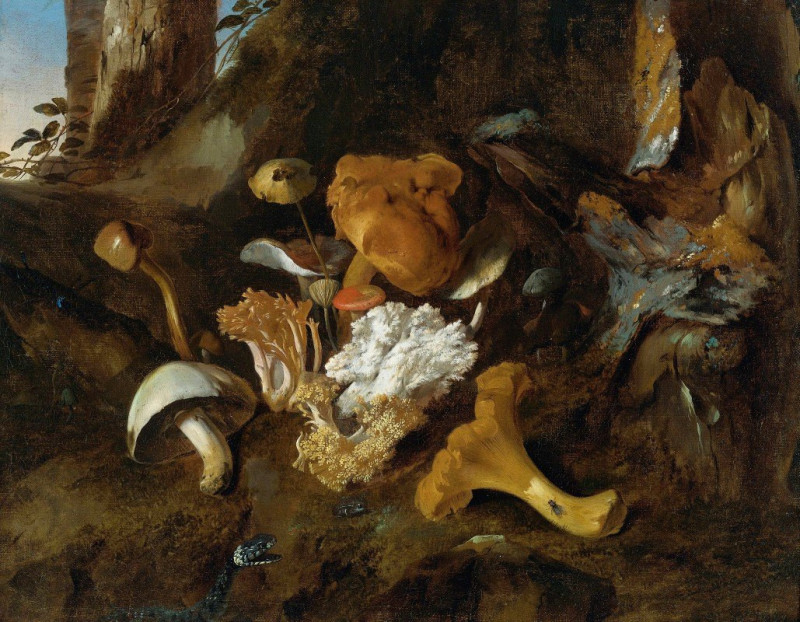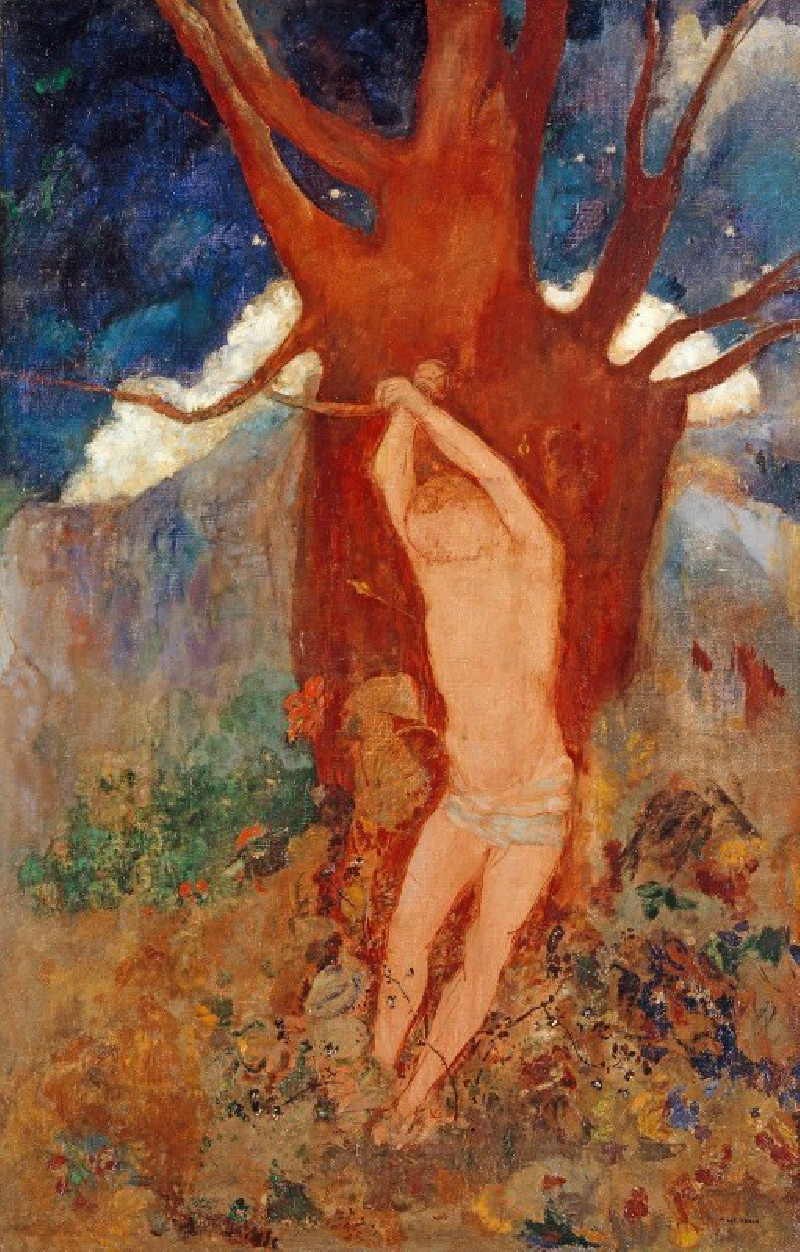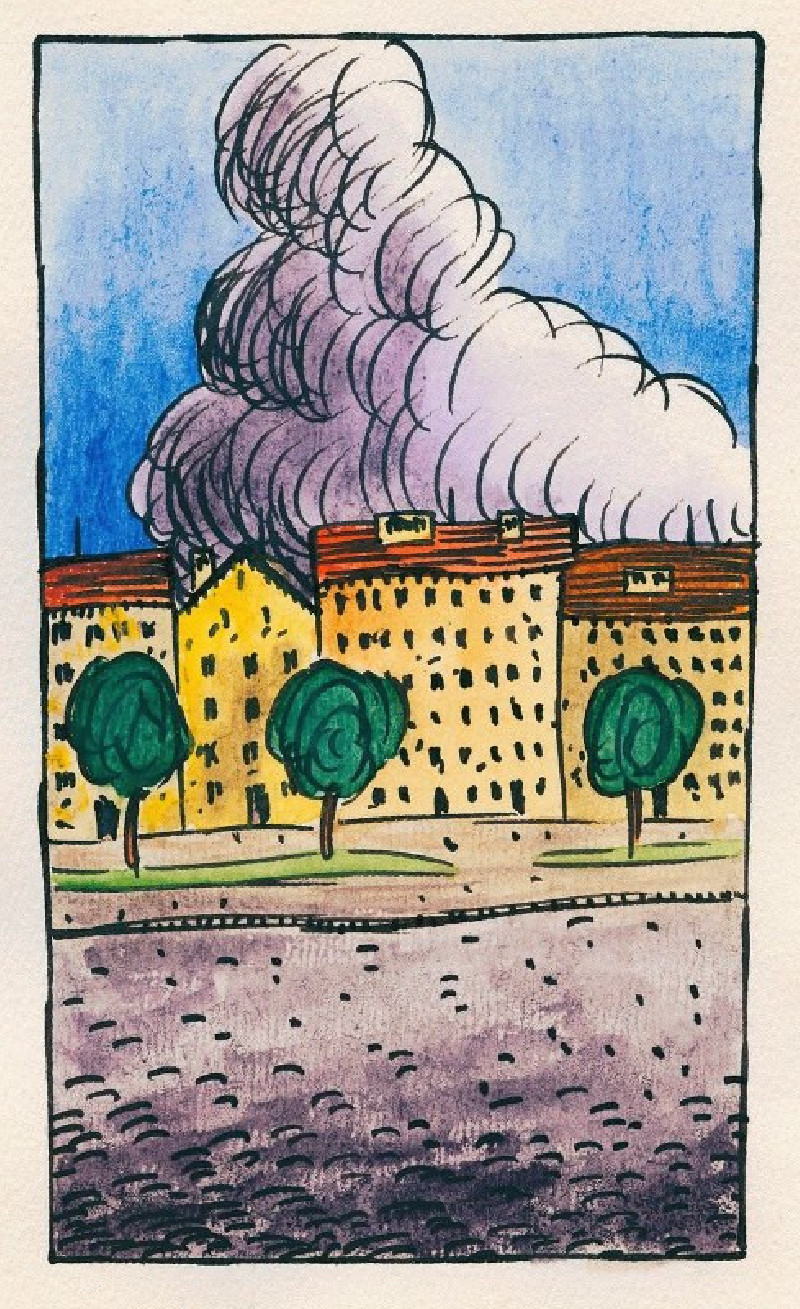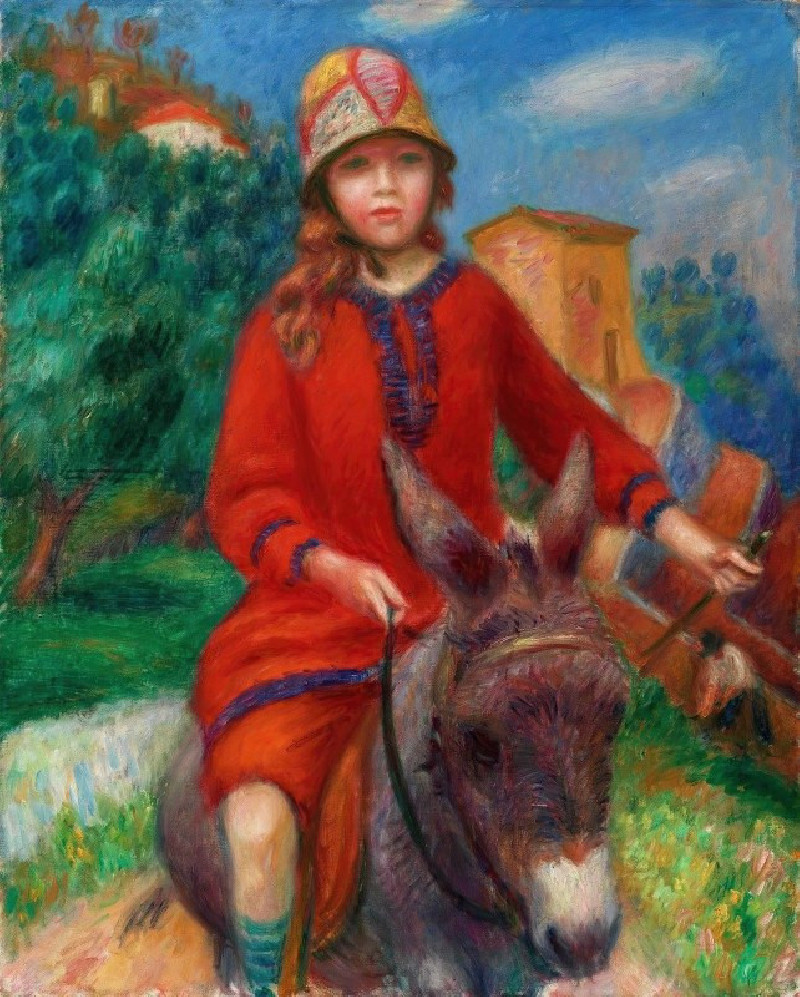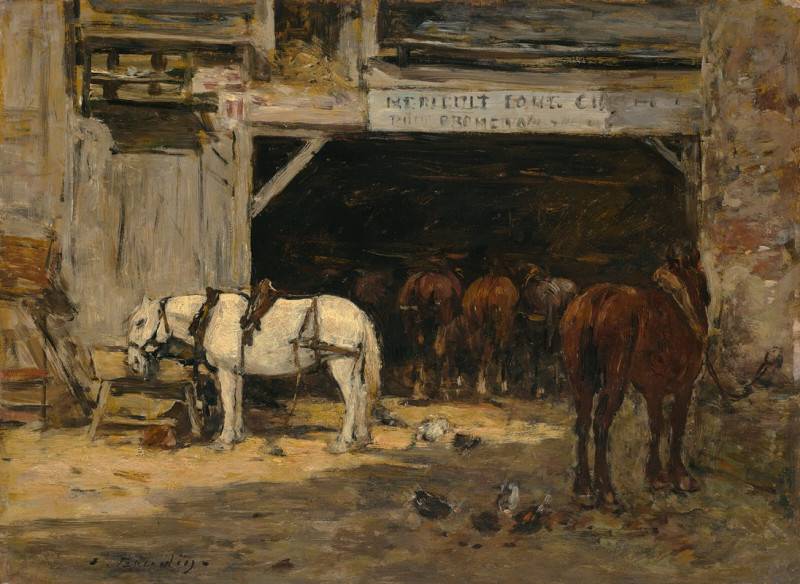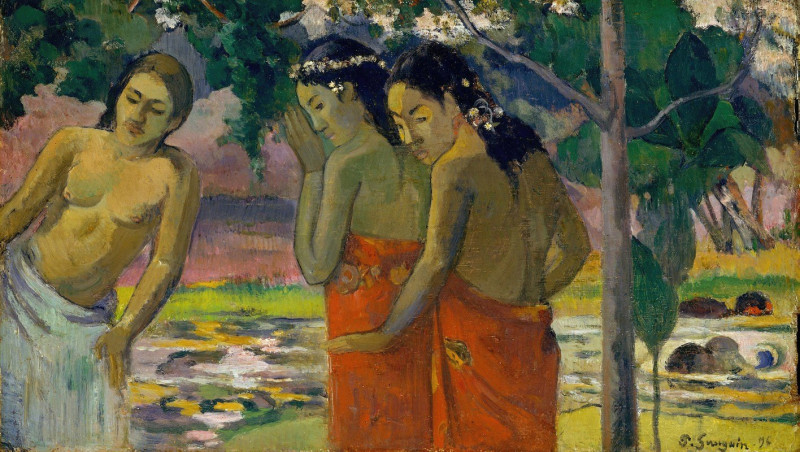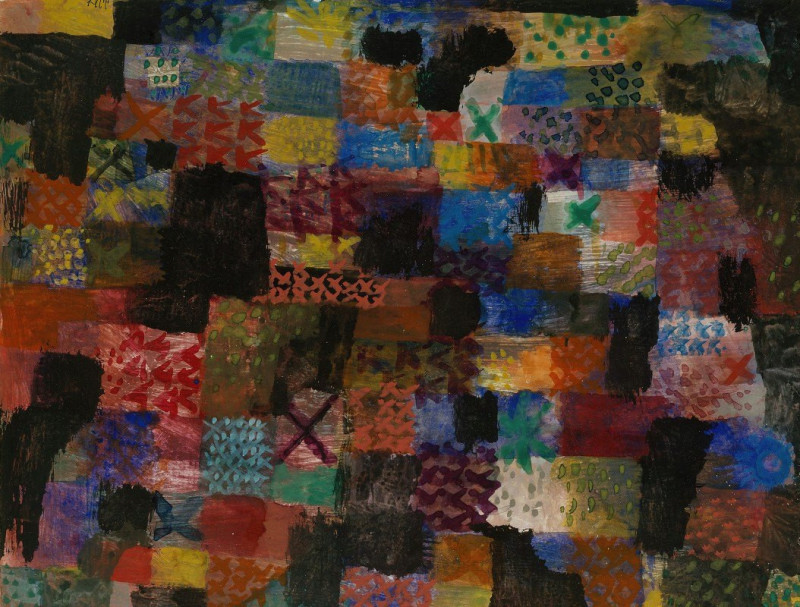Auferstehung (around 1923)
Technique: Giclée quality print
Recommended by our customers
More about this artwork
Welcome to our exploration of "Auferstehung" by Karl Wiener, a compelling piece from around 1923 that delves into themes of renewal and triumph. This painting vibrantly captures an emergence, represented by a lone hill topped with a red flag. The background is ignited in a burst of fiery tones ranging from deep reds to golden yellows, suggesting a powerful force or energy emanating from this simple yet symbolic landscape.The striking use of color in this painting draws your eyes immediately to the center, where the flag stands resiliently against the radiating backdrop. This could symbolize a dawn or a new beginning, resonating with the painting's title "Auferstehung," which translates to "Resurrection" in German. Wiener's choice of a plain hill and a flag possibly alludes to the overcoming of challenges or a victory after a long struggle.Karl Wiener's art often evokes deep emotional responses and tends towards a simplicity that conveys complex messages through basic forms. "Auferstehung" invites viewers to contemplate the themes of rebirth and new beginnings, urging a reflection on personal or collective rises after falls.
































